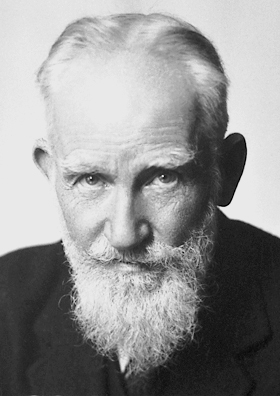
Bowles was born in New York City on 30 December 1910. He began writing short stories and composing music as a child. Although he enrolled at the University of Virginia he did not stay, preferring to travel to Paris where he met Gertrude Stein. He returned to Virginia in 1930 but, before long, had opted to go back to Europe, first to Berlin to study music with Aaron Copland, and then to Paris again.
For a decade or so, from 1937, Bowles settled in New York where he became a well-known composer writing music for plays (such as South Pacific) and ballets (such as Yankee Clipper). He also wrote a large variety of travel books, worked as a music critic for the New York Herald Tribune, and prepared translations from French and Spanish. In 1938, he married Jane Auer, another writer, though their relationship was unconventional since they both pursued intimate friendships with members of their own sex.
In 1947, Bowles moved to live permanently in Tangier (Auer joined him in 1948) where he wrote his first novel, The Sheltering Sky. This proved to be a best-seller, and remains a classic today. Several other novels and short story collections followed, and, although he focused on writing, he did also continue some composing. In the 1950s, Bowles began translating Moroccan literature into English. In 1970, he founded the Tangier literary magazine Antaeus with Daniel Halpern (who was also forming the independent publishing company Ecco Press). Later Antaeus was based in New York, and it lasted until 1994.
After the death of his wife in Spain in 1973, Bowles spent the rest of his life in Tangier, something of a celebrity writer, regularly receiving visitors, and giving interviews. In 1990, he made a cameo appearance at the beginning and end of the movie made by Bernardo Bertolucci of The Sheltering Sky. He died in 1999. Wikipedia has a lot more biographical information as does ‘The Authorised Paul Bowles Web Site’ and various obituaries (The New York Times, The Guardian.)
Bowles was not a diarist, not at all, but in the late 1980s, Halpern, his friend and collaborator on Antaeus, persuaded him to keep a journal for a year or so. It was published by Ecco Press in 1991 as Days - Tangier Journal 1987-1989. Here is part of the preface by Bowles explaining why he decided to keep a diary.
‘Three years ago Daniel Halpern wrote me asking if I kept a diary. I replied that I did not and never had, not seeing any reason for engaging in such an activity. He wrote again, suggesting that I start one immediately, since he would like to include whatever resulted in an issue of Antaeus to be devoted to diaries, journals, and notebooks. I told him that I thought the result would be devoid of interest, since I would have nothing to report. All he wanted, he responded, was a record of daily life in today’s Tangier. I agreed to try and did what I could with the project, although I was not very faithful, often allowing two weeks or more to elapse without writing anything. What went on during the periods of silence I have no idea, but doubtless the unrecorded days were even more humdrum than the others. I suppose the point of publishing such a document is to demonstrate the way in which the hours of a day can as satisfactorily be filled with trivia as with important events.’
And here are three extracts from the slim book.
20 June 1988
‘Very little to write about. I’ve been receiving clippings in various languages, all of them announcing Bertolucci’s intention of filming The Sheltering Sky. But in the cinema world any statement can be construed as propaganda, so I still have no idea as to whether or not he’ll make the movie. People find it hard to believe that Helen Strauss included no time-limit clause in the contract when she sold the film rights back in the fifties. So if Bertolucci has acquired them, I don’t know from whom.’
24 June 1989
‘Last night Bertolucci sent a car for me, to take me to the Minzah for dinner. At the beginning of the meal he said: “At last, it’s happening.” “Yes. For two years I’ve been wondering whether it would,” I told him. Everyone connected with the making of the film was there, including the producer, whom I’d met a few years ago. . . A very noisy floor show was going on for the benefit of a huge group of shrieking tourists. Bertolucci brought up the subject of music . . . I suspect he’d like electronic material rather than symphonic. Much easier, much cheaper . . . Scarfiotti had mentioned that he’d like to use Agadez as the setting for the final city in the south. I hope this can be managed, and that they don’t try to shoot everything in Morocco. I can appreciate their not wanting to get involved with the Algerians, but Morocco is no substitute for Algeria or Niger.’
27 August 1989
‘Bertolucci now thinks I should appear in certain scenes of the film. I don’t understand exactly why, and therefore suspect this to be a whim which he’ll possibly be thinking better of sooner or later.’










